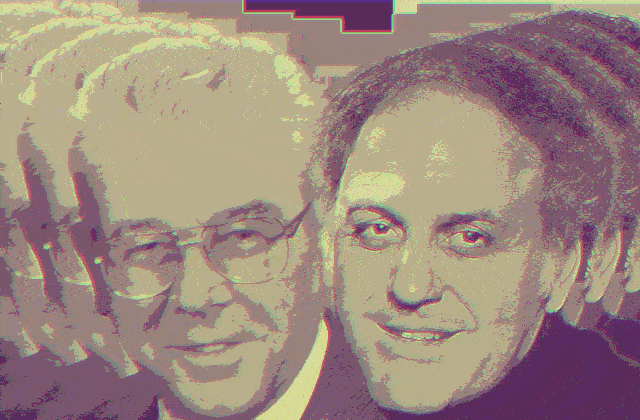Dreams of Flight was inspired by Nancy Rubins’ colossal sculpture Chas’ Stainless Steel, Mark Thompson’s Airplane Parts, about 1,000 lbs. of Stainless Steel Wire & Gagosian’s Beverly Hills Space. From a small metal plinth erupts an assemblage of scrapped airplane parts, chaotically billowing outwards in all directions—an explosion, frozen milliseconds after it has begun. Every inch of the work contains its own maelstrom of metal objects and wires, slicing and striking glancing blows as they whiz by each other.
Up close, the sculpture is visually overstimulating, hard to fully comprehend. From farther away, the disjunct parts seem to form a whole: a confused spaceship, a Frankensteinian flying machine, a strange, ungainly bird attempting to take flight. As much as Rubins’ sculpture is boisterous, it is also melancholic. It stretches upwards, yearning to fly but, tamped down by about one-thousand pounds of stainless steel, it never will. The sculpture is eternally stuck in mid-takeoff.
Dreams of Flight plays out this struggle in ways both fanciful and sincere. The piece is in three continuous sections. The first imagines the sculpture-plane-bird hybrid bolting down a runway. Just as it leaves the tarmac, however, it crashes back to Earth. A second section delves into the sculpture’s night-time dreams, in which, if only in fantasy, it finally soars. The final section sees the sculpture make another attempt at flight, barreling down the runway with even more power—perhaps enough power this time…
(Photo by Brian Guido. Courtesy of Nancy Rubins.)

